The story of how Rafah’s International Airport was destroyed by Israel in violation of international law.
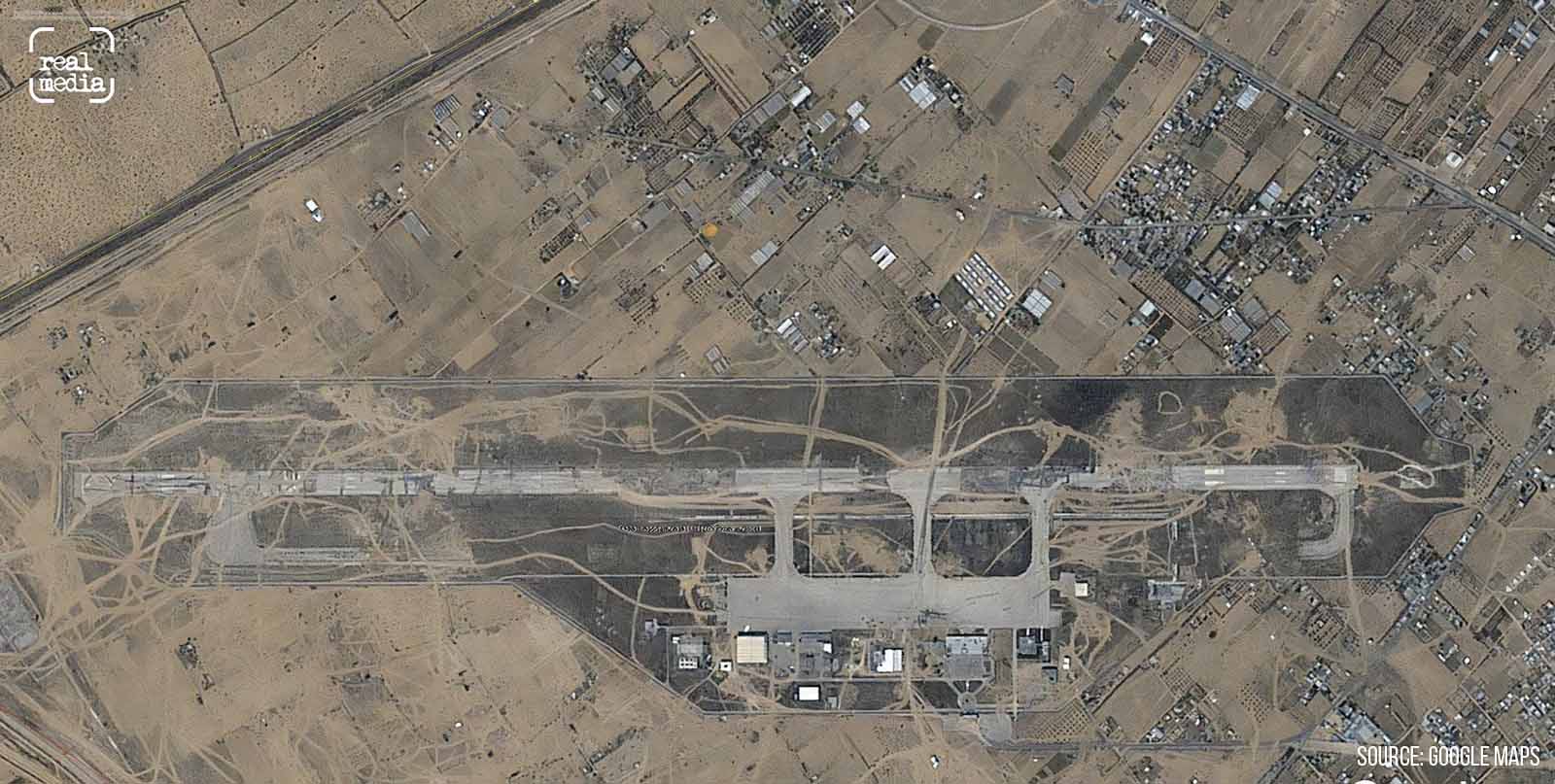
A small city in southern Ghazzah is under attack – again. The city is Rafah, a city that somehow manages to maintain her dignity despite the murderous despots that strike her, brutalise her and steal from her.
Rafah is being dismembered – again. The scalpel of colonialism wielded by the hand of Zionism. Rafah will suffer and as before, parts of her will perish, confined to the memory of the living ghosts who shuffle in her streets and shelter in her bombed-out houses.
Rafah is fading – again.
Bill, Hillary, and the helicopter
Bill Clinton was there. All smiles, charcoal grey suit, light blue shirt, yellow tie with small dark blue squares. He arrived in his presidential helicopter – apparently the Israelis vetoed the use of Clinton’s presidential plane, Air Force One. Perhaps the Israelis were concerned that the appearance of the US President’s travelling office would legitimise a small strip of land six miles wide and twenty-five miles long, or give hope to its inhabitants, both of which would be problematic.
President Clinton was accompanied by his wife, Hillary. Ominously she was dressed in black, all black including dark glasses. While Bill was all waves and grins, Hillary presided over events like she was at a funeral, barely breaking a smile. She understood politics better than her husband.
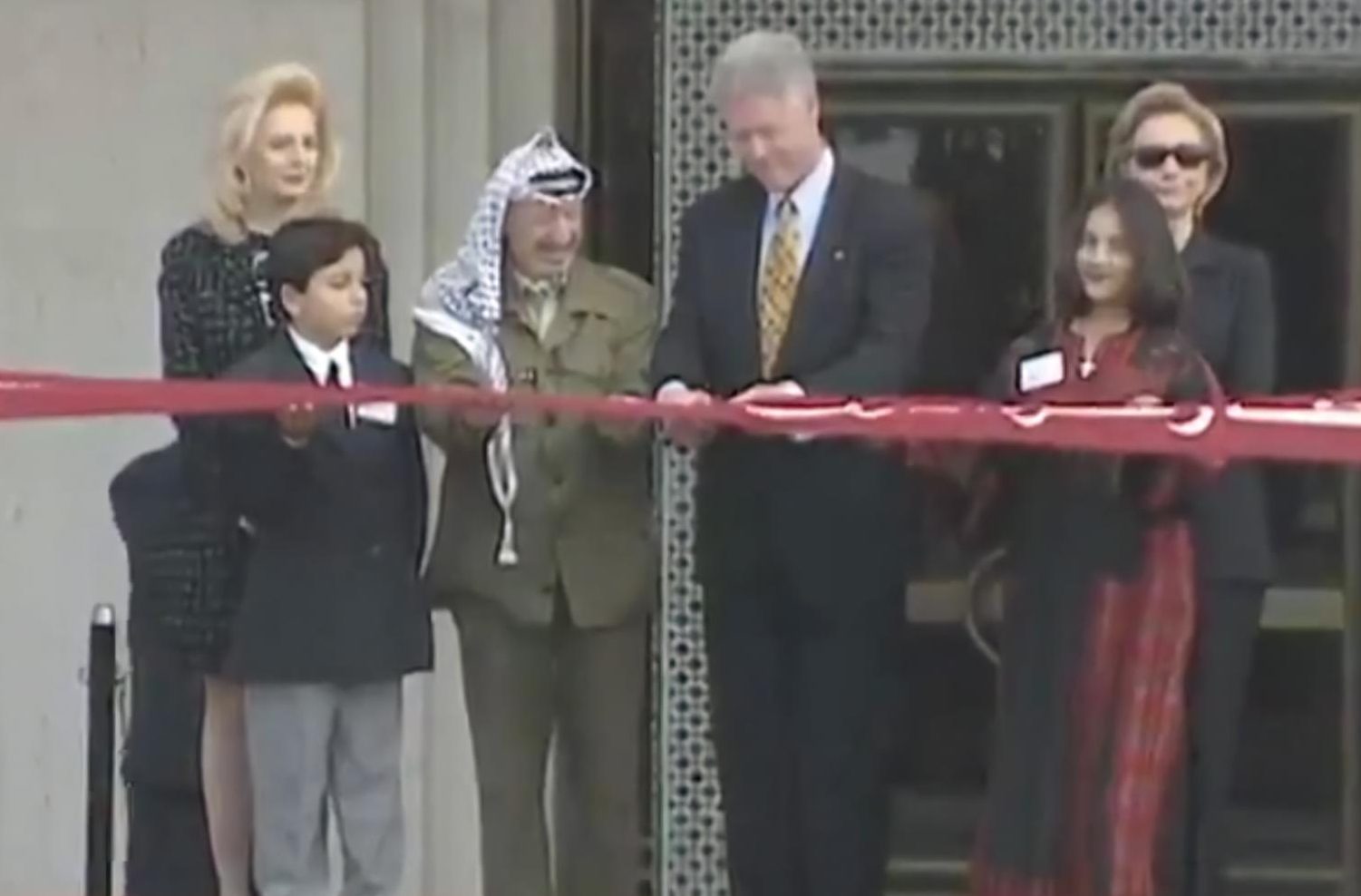
On the helicopter flight she would have admiringly surveyed the suffocating nature of Zionism, its creeping land theft and oppressive apartheid principles.
None of this bothered Hillary, who would later earn herself the nickname Hillary the Hawk as she pursued violent interventionist policies and regime change, particularly in the Middle East and North Africa. Perhaps Hillary rightly sensed this day was just a pause – colourful decoration designed to distract – but tomorrow the subjugation of Palestinians would resume in earnest. It was Monday December 14th, 1998, and the Clintons were opening Yasser Arafat International Airport, just outside the city of Rafah.
The State that never was
The airport was born out of the Oslo Accords, a September 1993 agreement between Palestinian and Israeli leaders intended to recognise Palestinian self-determination and create a Palestinian sovereign state alongside Israel. The creation of a Palestinian state would require Israel to end its illegal occupation of Ghazzah and the West Bank. The problem with the Accords was that they deferred the harder issues of illegal Israeli settlements, the right of return for Palestinian refugees and the status of Jerusalem, while focusing on the more mundane.
This trade-off would prove to Israel’s advantage as it gave the Zionist agenda forward momentum whilst effectively neutering the Palestinian struggle and placing Palestinians in a Kafkaesque existence. And far from ending Israel’s occupation, it allowed the settler state to overtly expand it.
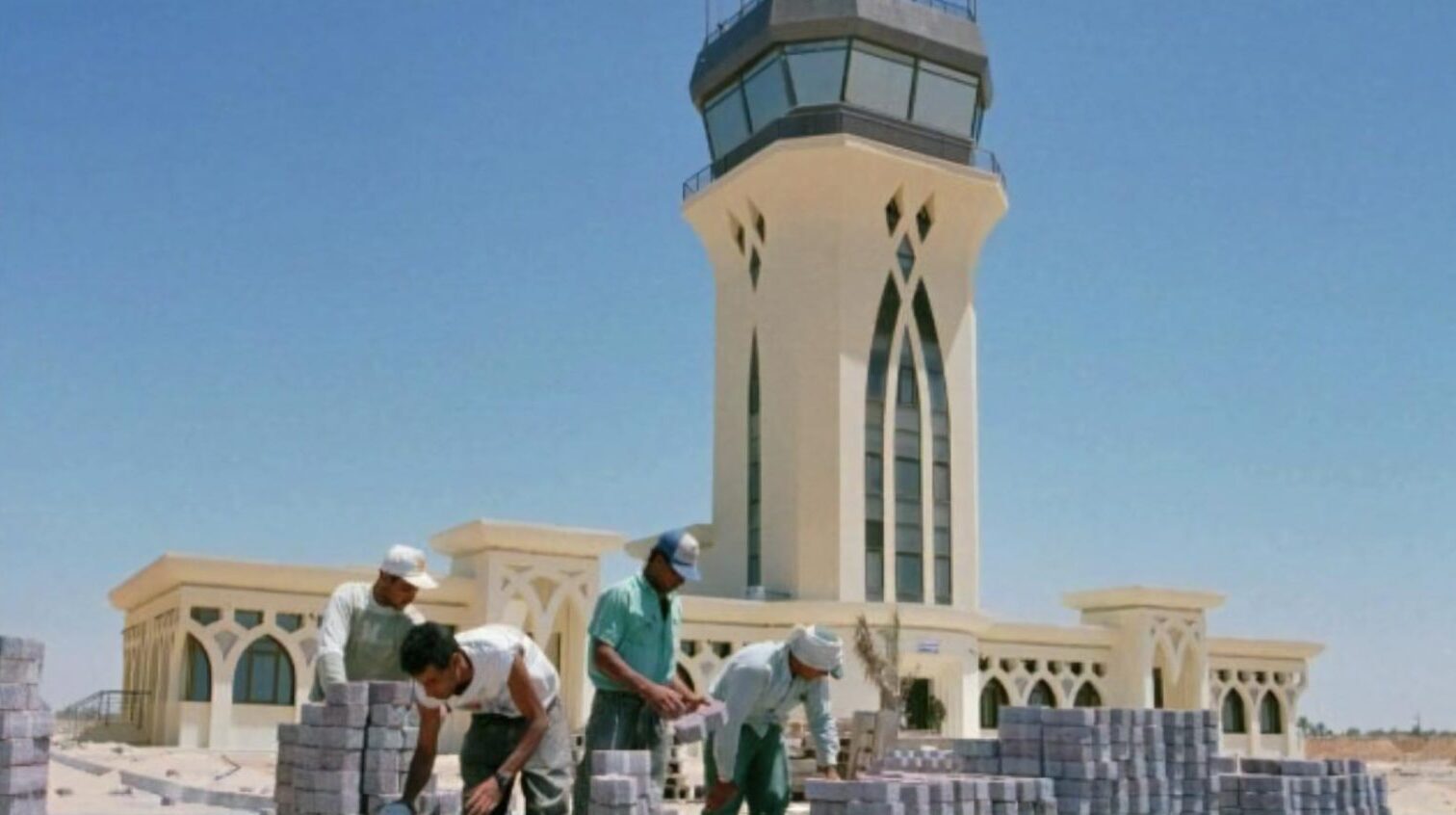
During the last thirty years it is clear the Accords fundamentally disadvantaged Palestinians – whether by chance or design continues to be debated.
The airport that never was
“Agreeing on the airport name with the Israelis took three months. Nine months to agree with them the exact direction of the runway” remembers Captain Zeyad al-Bada, one of Palestinian Airlines’ first pilots. From its inception Yasser Arafat International Airport was the result of what Israeli authorities deemed permissible. Once opened, Israel determined which airlines were permitted to operate in and out of the airport and to which countries they flew. Far from being a beacon of hope and a symbol of an emerging nation state, the airport was on a leash, tugged periodically to remind all who was in charge.
“We don’t want to interfere so much with what they’re doing over there, but we still are going to have control over who’s coming in and out and what’s coming in and out,” said Israeli military spokesman Shlomo Dror to the Washington Post in November 1998. If Israel was going to have ‘control’ over who and what was moving through the airport, what exactly were the Palestinians overseeing?
The airport project was initiated in 1994 but work didn’t start until early 1996. On day one there were approximately 150 workers and a meagre four construction vehicles. Funding would subsequently be provided by Egypt, Japan, Saudi Arabia and Spain, with Moroccan architects detailing a low white Moorish-styled terminal building complete with Islamic fashioned mosaics and sweeping archways.
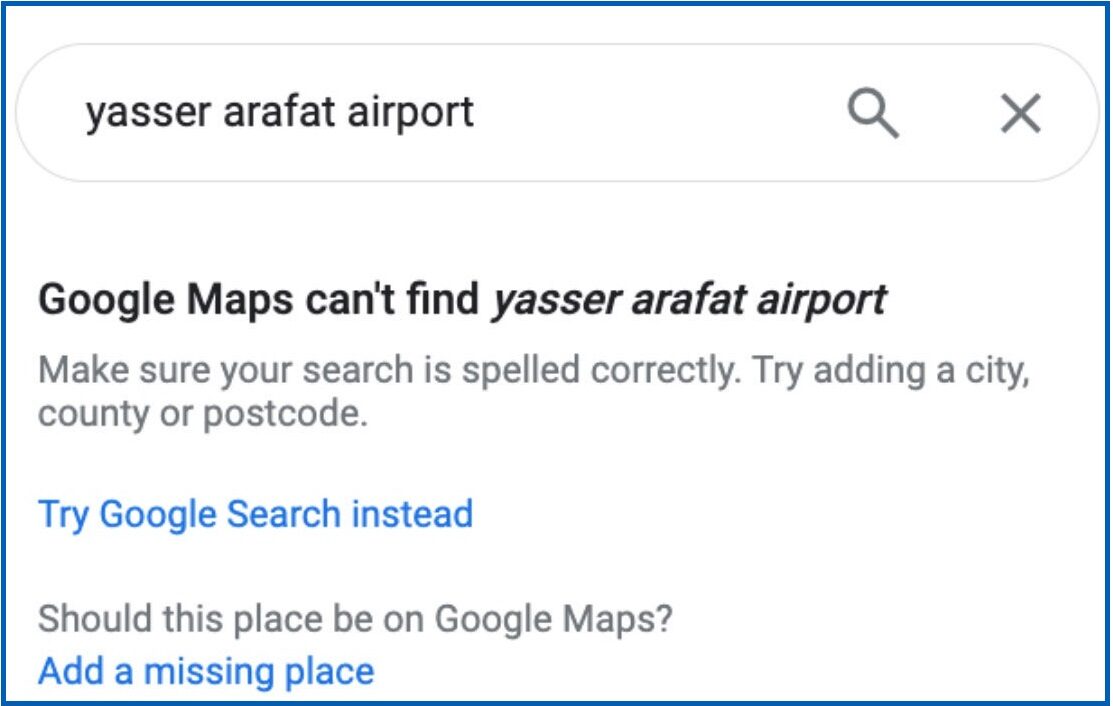
There was a large fountain and a miniature golden dome on the roof, homage to the Dome of the Rock Mosque in Jerusalem. It was a peaceful building. The first aircraft touched down from Egypt on November 24th, 1998. The first commercial flight departed Ghazzah for Amman, Jordan on December 5th, 1998. It was operated by Palestinian Airlines. In its first year of operation Yasser Arafat International received 90,000 passengers and processed more than one hundred tons of cargo. Rafah’s airport was well and truly on the map – until 2002 when it wasn’t.
October 7th 2000
Thursday September 28th, 2000, was a bad day. Ariel Sharon, alleged war criminal and at the time leader of the Israeli opposition party, illegally entered the al-Aqsa Mosque compound in occupied East Jerusalem. He was escorted by 1,000 heavily armed soldiers, and the visit was designed to enrage and enflame. There is a longstanding agreement, which Israel is a signatory to, restricting non-Muslim entry into the mosque complex. In addition, Sharon was a much-hated figure; he was the architect of the 1982 Sabra and Shatila massacres in which approximately 4,000 Palestinians were trapped and slaughtered – a tactic Israel would use again in 2023 in Ghazzah. Sharon’s September trespass into the restricted holy site would trigger the Second Intifada, or uprising, which would last five years, cost 3,000 Palestinian and 1,000 Israeli lives and shutter Yasser Arafat International Airport permanently.
On Saturday October 7th, 2000, ten days after Sharon’s provocation, the Israeli authorities closed the airport. Palestinian Airlines’ three planes were grounded, and the airport emptied of passengers.
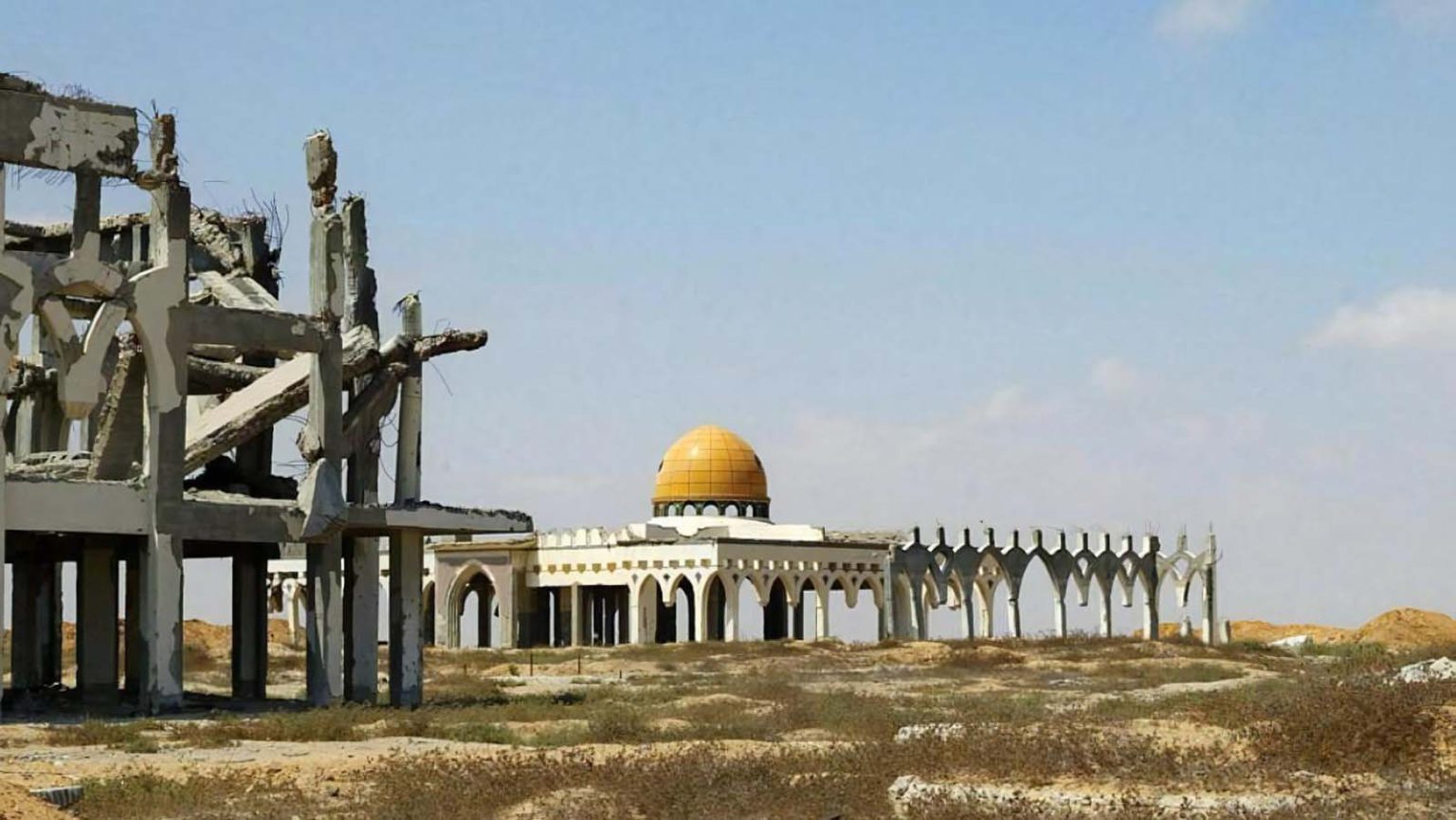
For the next four months Israel oscillated between opening and shutting the airport until on February 13th 2001, all operations were permanently suspended. The radar and control tower were bombed on December 4th 2001, and bulldozers destroyed the airport’s single runway on February 13th 2002. Parts of the terminal building remained in use until 2006 when the airport emptied for the last time.
Captain Al-Bada flew fifty-five trips in and out of Yasser Arafat International Airport between 1998 and its closing in 2001. He would go onto become the Director General of Palestinian Airlines which was forced to lease its aircraft to other airlines. The aircraft were finally sold in 2021 leaving the airline with no base, no planes, and no routes. In May 2021, when asked about resuming operations Al-Bada responded “It’s very early to talk about this question now. With the international situation developing so swiftly at present, it is difficult to look two days ahead, never mind two years” he remarked unwittingly.
In March 2002, civil aviation’s ruling body, the International Civil Aviation Organization (ICAO), condemned Israel’s attack on the airport, which it deemed a violation of international law. ICAO also petitioned Israel to restore the facility to allow for its reopening. Israel ignored the petition.
The airport was bombed repeatedly by Israel over the following decade, reduced to rubble and is unrecognisable. Like so much of Palestine, it has vanished – existing only in peoples’ memories.
As I write Rafah is being bombed, thousands have been slaughtered.
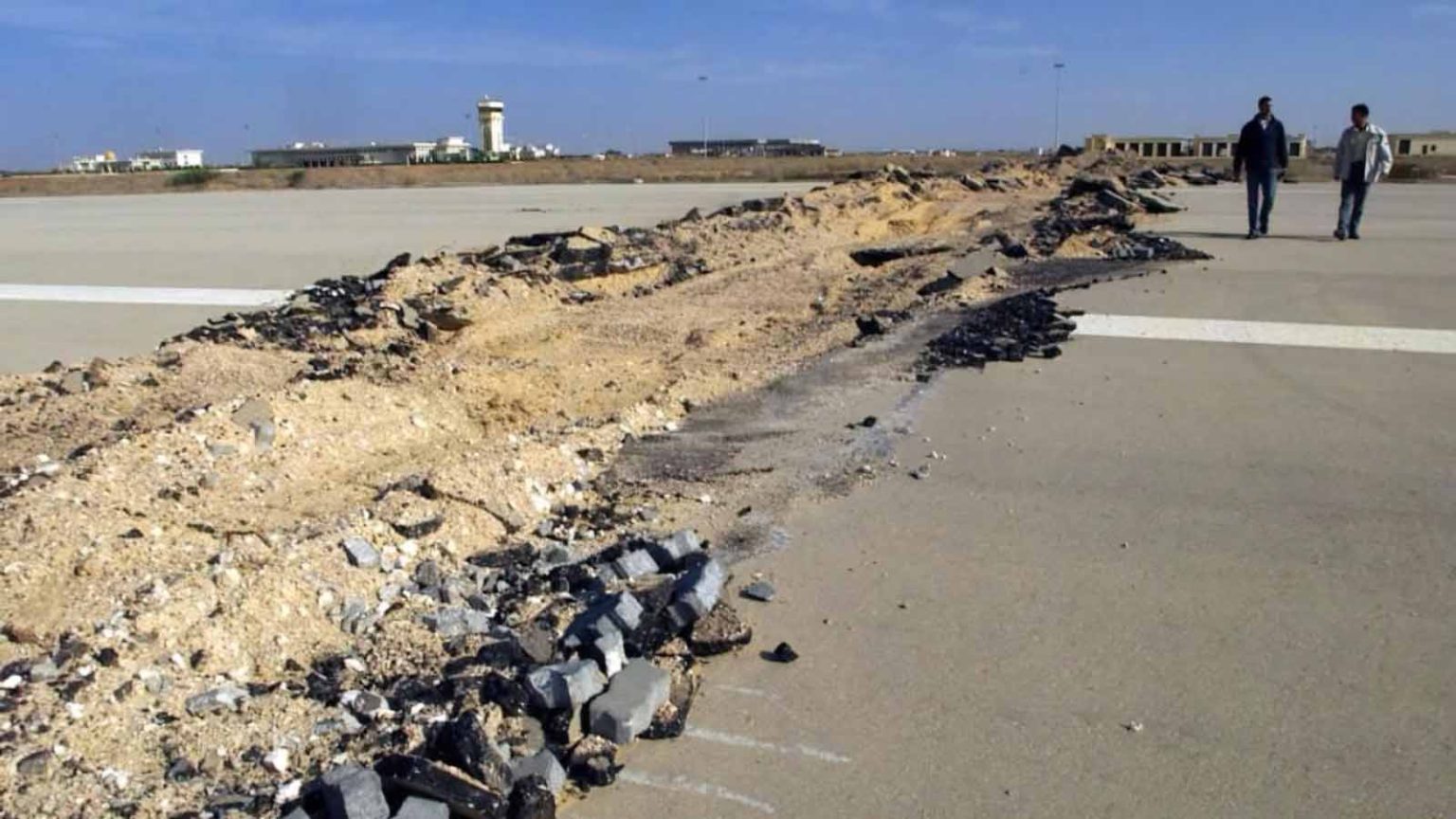
Buildings will collapse, and like the airport they will disappear deep into the earth to be marched over by invaders’ boots and driven upon by their tanks. For some of us, memories flicker, and emotions stir.
The Shelling Ended / No one will know you tomorrow. / The shelling ended / only to start again within you. / The buildings fell, the horizon burned, / only for flames to rage inside you, / flames that will devour even stone. / – Najwan Darwish
Afterword
This article is dedicated to Mahmoud Fattouh, who died at al-Shifa Hospital in Ghazzah City on Friday February 23rd, 2024. He was two months old and is the first recorded case of death by starvation since the genocide on Ghazzah began on October 7th 2023.
“We rushed him to hospital, and he was found to be suffering acute malnutrition. Medical staff rushed him into the ICU. The baby has not been fed any milk for days, as baby milk is totally absent in Ghazzah” said the paramedic who took Mahmoud to Al-Shifa.
In October 2022, I wrote an article titled Today is a sad day. It spoke of the Israeli Occupation Forces’ (IOF) complete disregard for the lives of Palestinian children. When writing the piece, I never envisaged the IOF’s sadistic cruelty would extend to starvation – nor did I ever imagine western governments would be complicit. Mahmoud Fattouh (December 2023 – February 2024)
*Article and photos originally published in Real Media.












.jpg)












